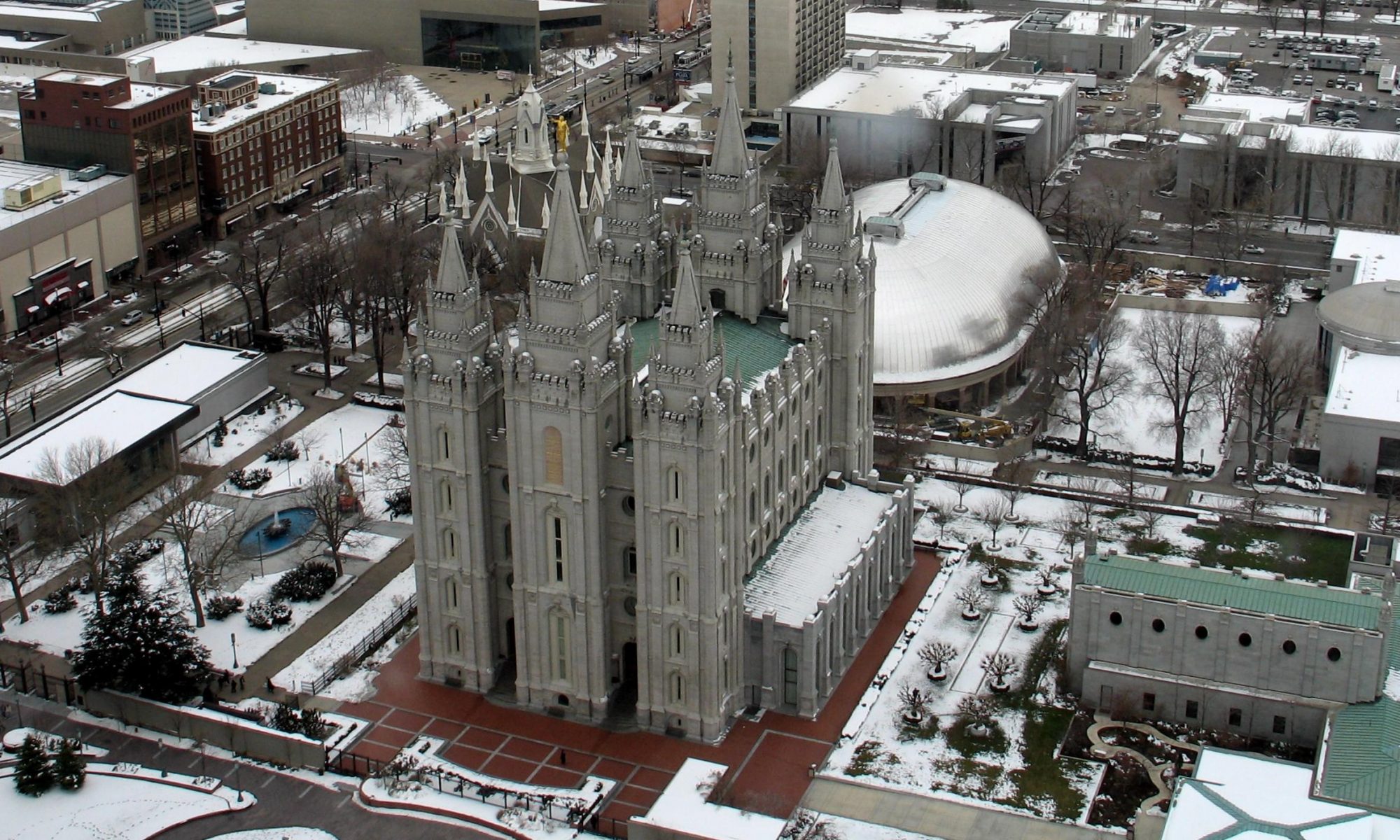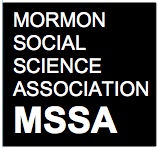The 2014 Spring Newsletter of the MSSA is now available.
Ask An Expert: Where can I find the percentage of Mormons involved in STEM-related fields?
Q: Where could I find demographic information regarding both number and relative growth over time of American LDS members who were either educated in, or work within, STEM (science, technology, engineering, and mathematics) fields?
A: Andrew Miles provided a very helpful and succinct answer for this question:
I believe all of the following surveys have fairly extensive occupational information, as well as at least some LDS in the sample. It will be a bit of work, but perhaps by looking at several a person could get a sense for how members of the LDS church of different ages are related to STEM fields. Unfortunately, all have a limited number of LDS in their samples.
-
The General Social Survey (repeated cross-section, so can possibly trace over time)
-
The Health and Retirement Study (older)
-
National Longitudinal Survey of Youth
Ryan Cragun also recommended the General Social Survey.
Pulling and classifying the relevant data will take some doing if you use the GSS. First, you’ll need to use the variable “OTHER” to locate members of the LDS Church (codes are 59, 60, and 62). You’d then need to choose between (or maybe use all three) of the following variables to determine participants’ occupations: “INDUSTRY” (pre 1980), “OCC80” (uses 1980 census occupation codes), or “OCC10” (uses 2010 census occupation codes). You’ll then need to use Appendix F from the GSS to determine which census codes belong to the various STEM fields. This will likely take the longest time (I considered doing it, but it looks like it’s going to take at least several hours). Once you figure the codes out, you could probably recode the data into STEM versus non-STEM and then maybe look over time (probably by decade). That’s how I’d do it.
Another possibility may be to use either Census data over time for the state of Utah (as a proxy for Mormons) or use the Utah Healthcare Access Survey or the Utah Behavioral Risk Factor Surveillance System, which have data on occupation and religious affiliation, though you may have to request access to the raw data.
Ask An Expert: What is a good starting place for studying the previous occupations of Mormon General Authorities?
Q: I’m thinking about doing a serious paper on the previous occupations of Mormons who are called into senior leadership positions (Apostles, various Quorums of the Seventy, Area presidencies, mission presidents, stake presidencies, etc). I was wondering if anyone can give me some good pointers as to where to start?
A: Several members of the MSSA responded with helpful suggestions.
Robert Lively Jr. gave the following suggestion:
The magazine Church News (which comes together with my copy of the newspaper Deseret News) features pictures and short bios of new mission presidents and their wives. Their occupations are generally included in the write-ups. As you know, given the expectations of what is required of mission presidents — putting their lives and careers on hold for three years — means that they typically are well educated, have financial resources to see them through the period, and can expect to return and pick up where they left off (although I certainly have heard of mission presidents who returned to dire financial straits.) The magazine also features new temple presidents.
Armand Mauss offered the following:
I don’t think this information is compiled anywhere in a single place or reference book, though it would be worth asking someone in both Public Affairs and in Research Information. Usually a leader’s occupation at the time of his call is mentioned in the article announcing the call. Such articles usually mention also his date and place of birth, wife’s name, number of children, educational attainment, home stake, previous callings, etc. These articles usually appear in the Ensign and/or in the Church News, at least for the general and area authorities. I’m not sure that comparable information for mission presidents and stake presidents can be found in these periodicals, at least not systematically. As an example, see this account about Elder Robbins from the May Ensign – plus comparable articles about other newly called leaders in the same issue. Such a time-consuming study will be overwhelming if one attempts to cover totally a long chronological period. Perhaps a sample, starting with just 2013, would be enough for an initial paper on the subject. After that, if it goes well, one might attempt a larger sample based, let’s say, on every other year for a given decade, or even two decades. Especially noteworthy, in my recollection, is the proportion of area and general leaders from outside the US who have already had careers as employees of the Church in welfare, CES, etc.
Tim Heaton noted:
The Church Almanac published by the Deseret News has biographical information, including occupation, about General Authorities.
Mary Jane Woodger offered the following:
I use a packet in my Teachings of the Living Prophets called Know Them That Labor Among You. That has at least the current 17s previous occupations available and you can get one at BYU bookstore.
Ryan Cragun also suggested:
This sounds like an interesting project. Do you have some sort of theoretical framework that is guiding the project? As some of the prior responses suggested, it’s likely many of these individuals are well-educated and successful. But why is that the case and what does it mean for the church if that is true? I would think about both the “why” and the implications of the “why” as you head into the project. Considering those issues may result in a paper with an engaging and compelling conclusion.

